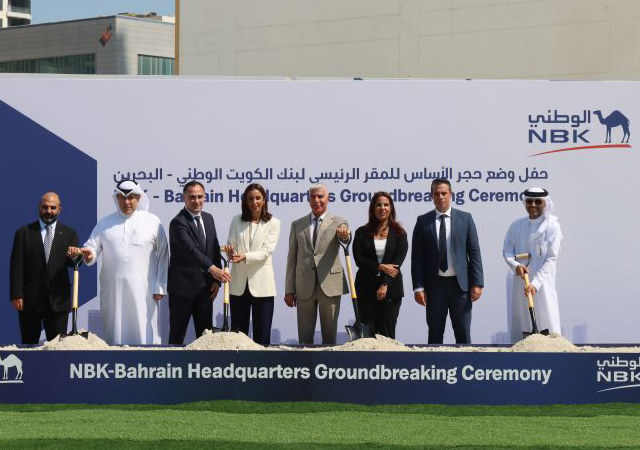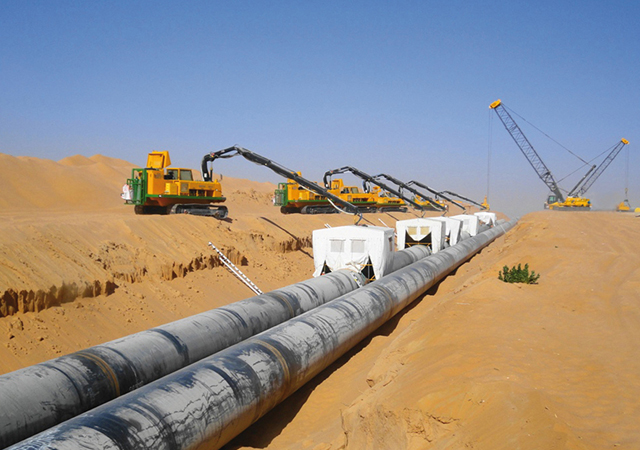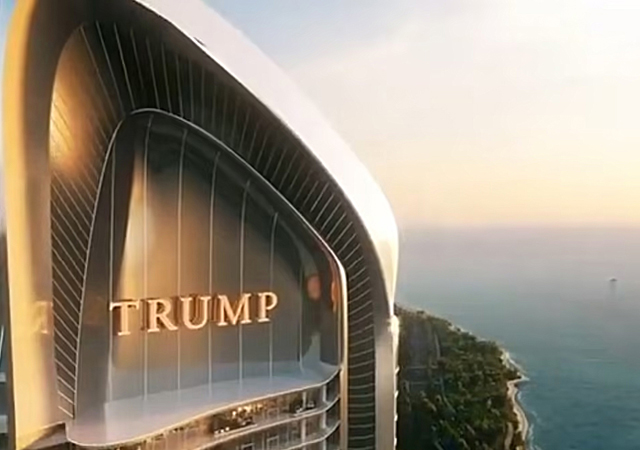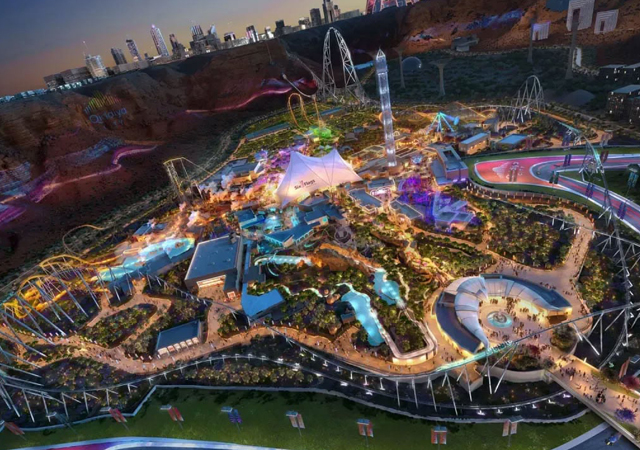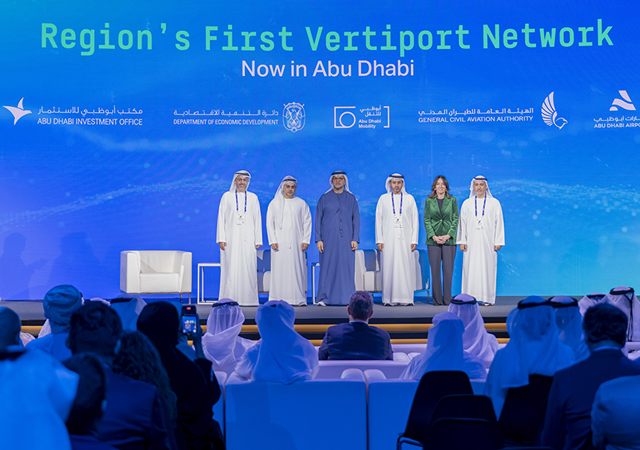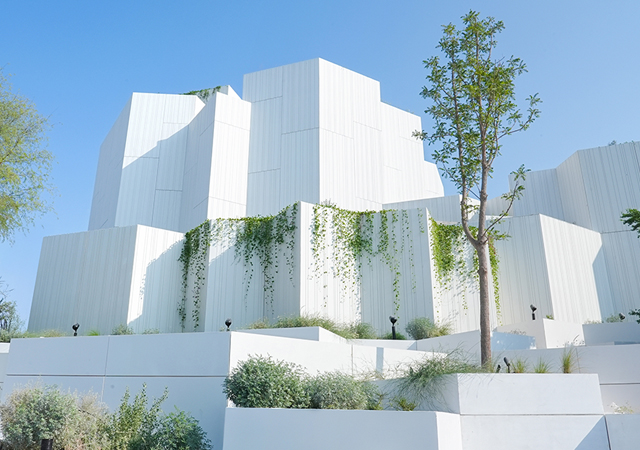
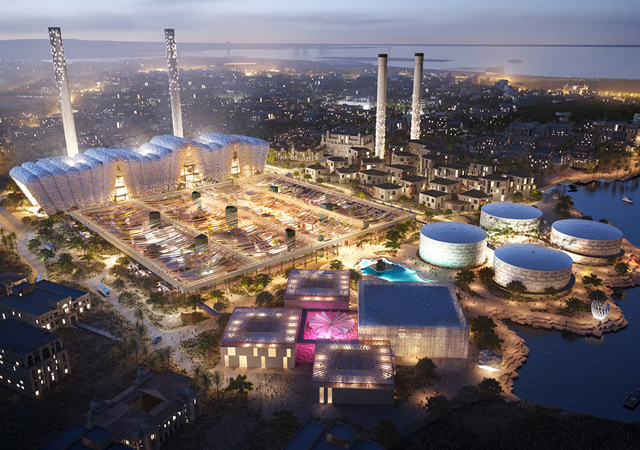 An old desalination plant will be transformed into the Industrial Museum.
An old desalination plant will be transformed into the Industrial Museum.
Over the past year, four key components of the $20-billion Jeddah Central development – the Industrial Museum, the Opera House, the Sports Stadium, and the Oceanarium – have taken center stage at prominent international real estate events.
This strategic unveiling aligns with the efforts of Jeddah Central Development Company (JCDC) – a subsidiary of Saudi Arabia’s sovereign wealth fund, the Public Investment Fund (PIF) – to attract international investor interest as it spearheads the development of these iconic landmarks that will adorn the skyline of the Red Sea coastal city.
Jeddah Central development aims to establish a global destination that embraces advanced technologies and adopts the highest environmental sustainability standards, all within an architectural design inspired by the historical identity of Al-Balad district, reflecting Jeddah’s unique cultural and urban heritage. The destination will comprise six complementary districts: the Beach, Leisure and Lifestyle District; the Sports Park District, housing a comprehensive sports village; the Wellness District; the Cultural and Creativity District blending art and culture; the Marina District offering a global attraction with a unique local touch; and finally, the Central District, representing the pulsating heart of Jeddah Central.
According to JCDC, the development is being implemented in three phases. The first phase will be completed by 2027 following which it will start receiving Jeddah residents and visitors. The second phase is set for completion by 2030 and the rest after 2030.
The project – being implemented on a 5.7-million-sq-m area in the heart of Jeddah overlooking the Red Sea – boasts a stunning waterfront location with 2.1 km of sandy beaches. It will also feature a marina, restaurants, beach resorts, over 2,700 hotel rooms and 17,000 homes in the kingdom’s second-largest city.
INDUSTRIAL MUSEUM
Among the latest initiatives JCDC has taken towards creating a local attraction and global destination in Jeddah was the appointment of the multi-award-winning British architecture company Heatherwick Studio to carry out the engineering and architectural designs to transform a disused Jeddah desalination plant into the Industrial Museum, which will document the city’s industrial heritage from the time of King Abdulaziz to the present day.
According to Heatherwick Studio’s website, the practice is working to transform the old desalination plant into the centrepiece of a new district on the waterfront of Jeddah for the next generation of artists and makers.
Jeddah Central Development Company’s CEO Ahmed Abdulaziz Al-Saleem said that the museum will provide a “rich experience” that will detail the process of desalination “in both its historical and scientific aspects.”
The museum, which is expected to open in 2028, will offer production spaces including studios and ateliers, alongside a programme of public exhibitions and large-scale commissions, on a campus dedicated to helping people learn about, experience and feel inspired by the creative process.
The design calls for conversion of the main turbine hall into a dramatic exhibition space and the old desalination plant into a Makers’ souk. It fuses human scale and comfort with the large industrial character of the site, says the website.
The last two chimneys of the desalination plant were shut down in 2020 for environmental reasons following the directive of the Saudi minister of environment, water and agriculture.
MARINA DISTRICT
Meanwhile, JCDC has signed an agreement with Malta-based International Hotel Investments to set up its Corinthia brand of hotels within the project’s Marina District.
A part of the Jeddah Central’s 9.5-km waterfront on the Red Sea, the Marina District will feature a world-class marina equipped for local and international boats, yachts, and superyachts. The marina will serve as a gateway to the city, creating a thriving residential marine community, including recreational facilities, retail outlets, restaurants, and cafes.







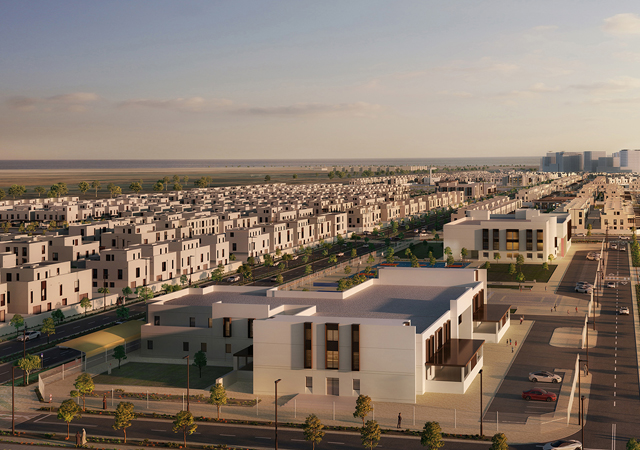

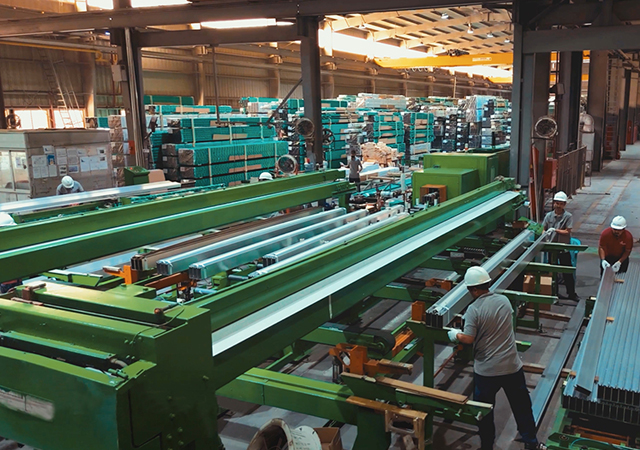



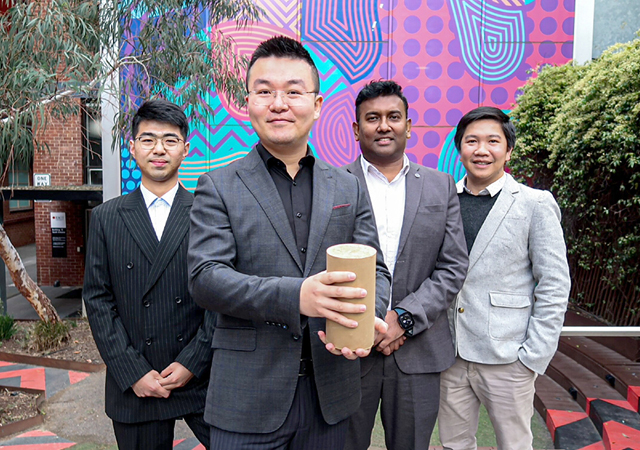



.jpg)


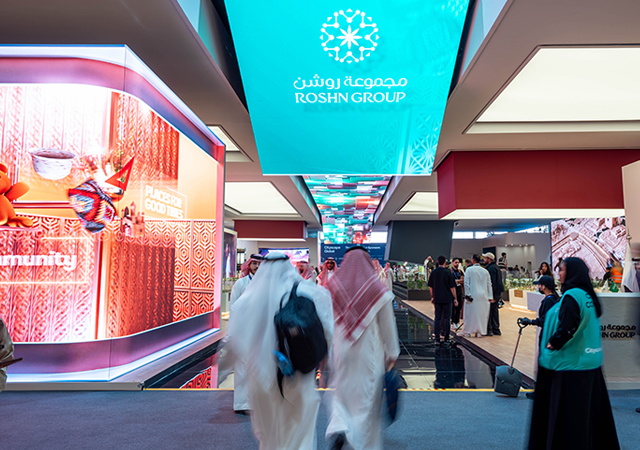








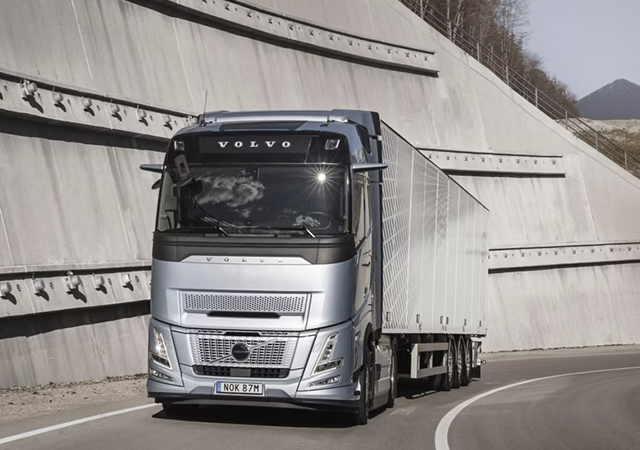

 (1).jpg)








